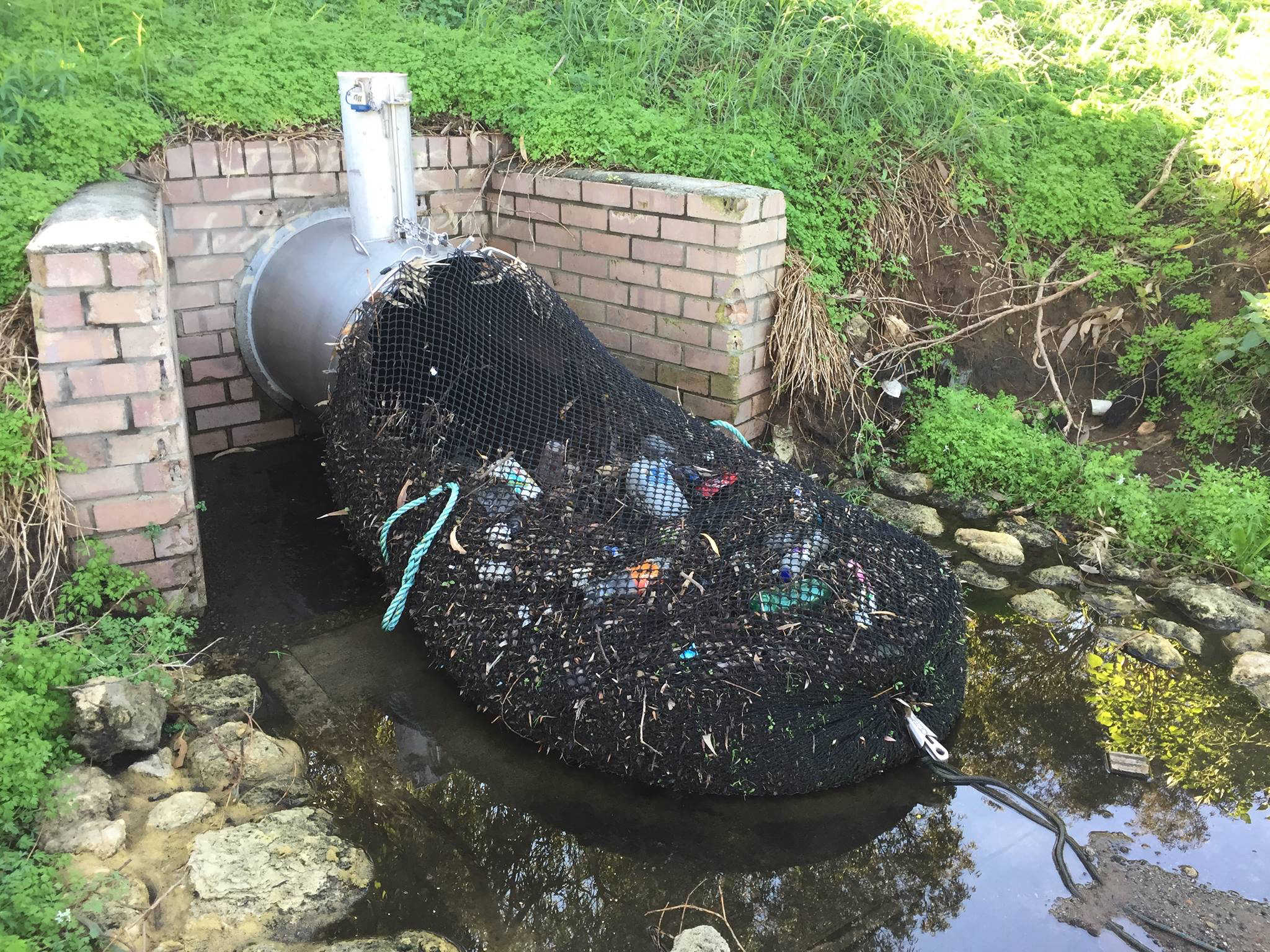Authorities in Harrison, Wisconsin, are calling it a miracle. An 11-year-old boy was unharmed after being sucked into the culvert of a drainage ditch during heavy rains and trapped underground for 40 minutes.
The child was found under a manhole cover 30 feet downstream from where he first disappeared underwater through a different manhole. He found a small space to hold himself above water and breathe beneath the cover until he was rescued.
“Considering how dark it was, it really probably is more of a miracle,” Harrison Fire Chief Amos Mikkelson tells the Appleton Post-Crescent. “Chances are he probably popped up in that spot because it was the first spot where there was an air pocket. He realized there was a handle and started to pull himself up because there was air.”
Recent storms across central and southern Wisconsin have contributed to sewer overflows of more than 290 million gallons in Milwaukee between Aug. 27 and 29.
The untreated wastewater spilled into local rivers and Lake Michigan, according to Milwaukee Metropolitan Sewerage District.
It’s the fourth time this year an overflow has occurred in Milwaukee, marking the first time four such instances have happened since 2010.
In another emergency measure related to the storms, Jones Island Wastewater Treatment Plant operators released 55 million gallons of partially treated water during the same week.
A Facebook post about the success of two drainage nets installed by the city of Kwinana, Washington, went viral last month.
More than 2.5 million people saw the city’s efforts to reduce the discharge of garbage from its drainage systems by using two drainage nets that have collected 370 kilograms of debris since March.
Mayor Carol Adams says the response to the city’s post was not surprising considering the support it receives from its own community in relation to environmental initiatives.
“We know that the Kwinana community is very passionate about environmental initiatives and rallies around actions with positive environmental impact, and if it was not for the drainage nets, 370 kilograms of debris would have ended up in our reserve,” she says. “The nets are placed on the outlet of two drainage pipes, which are located between residential areas and natural areas. This allows the nets to capture the gross pollutants carried by stormwater from the local road network before those pollutants are discharged and contaminate the natural environment at the downstream end of the outlet area. This ensures that the habitat of the local wildlife is protected and minimizes the risk of wildlife being caught in the nets. To date, no wildlife has been caught up in either of the city’s nets."
See a photo of one of the nets below.







